Updated September 26, 2018 — This article has been updated to include more producers. See at bottom. —DJ
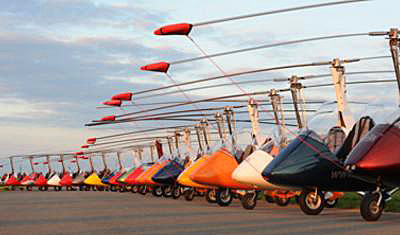 Over many years, you have found LSA market share information on this website. Many have found this of interest …from businesses learning more about their market; to customers doing careful investigation before paying tens or hundreds of thousands of dollars for a new aircraft; to government fulfilling its task of regulating industry; to insurance companies assessing risk of providing their product; and many other actors in the blockbuster movie that is light, recreational aviation.
Over many years, you have found LSA market share information on this website. Many have found this of interest …from businesses learning more about their market; to customers doing careful investigation before paying tens or hundreds of thousands of dollars for a new aircraft; to government fulfilling its task of regulating industry; to insurance companies assessing risk of providing their product; and many other actors in the blockbuster movie that is light, recreational aviation.
I will have more to say about the broader LSA market share reports below but now I want to present the best information I have seen for Light-Sport Aircraft Gyroplanes.
…uh, except for one problem. No such aircraft category exists, SLSA gyroplanes, that is.
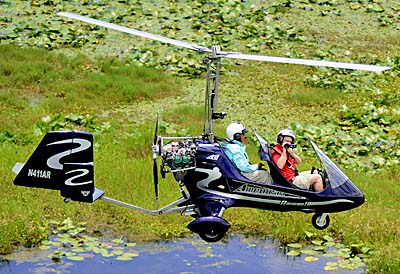
SilverLight Aviation’s AR-1; photo by Amy Saunders
FAA has denied fully-built Special LSA status to rotary winged aircraft such as gyroplanes. LAMA thought this was on track for a solution as recently as two months ago (see report), but today, the matter is back in doubt, truly a shame as these aircraft are thriving around the world.
Rotax has reported for some time that they sell more 9-series engines to gyroplanes as a specific category than to other groups. Indeed, sellers like Germany’s AutoGyro have more than 2,500 units flying.
FAA’s rotorcraft personnel are living in the past, remembering the problems of early machines like the Bensen Gyrocopter. Before training and before design evolution, those aircraft did have a undesirable safety record. However, that has been remedied… long ago, actually.
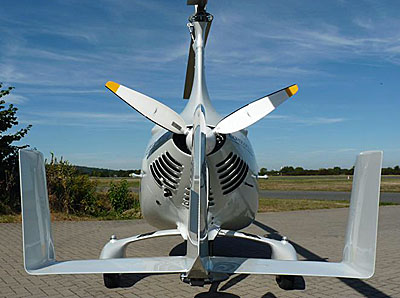 Our new associate, Steve Beste, wrote an excellent article for his club newsletter and I will summarize that piece in another post.
Our new associate, Steve Beste, wrote an excellent article for his club newsletter and I will summarize that piece in another post.
In his article, he wrote, “[Along with better training] the other change since those days is the large horizontal stabilizer, mounted well aft. Some machines were prone to PIO, pilot-induced oscillations in pitch. The pilot would chase the oscillations, only making them worse until the gyro did a fatal bunt over. The large tail that Magni invented – as is used on all modern gyros – has fixed that.”
Welcoming Steve Beste
“I’m a retired computer guy and trike pilot who loves databases,” Steve told me. He used his special set of skills to download FAA’s aircraft registration database to compile statistics on gyroplane registrations, focused on the new European-style gyroplanes.
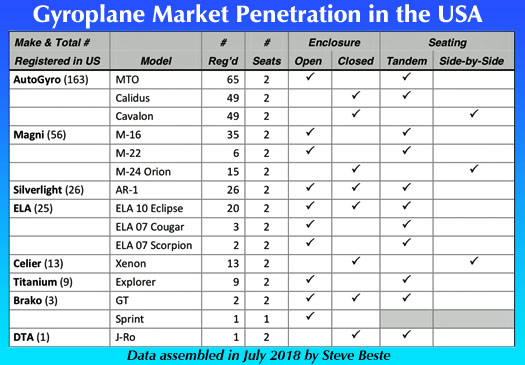
A new American manufacturer, SilverLight Aviation, has quickly tied Spanish producer ELA for third at 8% with 26 aircraft registered for each. After that it trails off more quickly as Steve’s chart shows. More details about other brands will be chronicled in an article to follow.
For 2018 through July 23rd, Magni shows its strength by slightly beating AutoGyro U.S. registrations. As always, note that confirmed sales and registrations may not match precisely. In addition, much more of 2018 remains. In slightly more than half a year, gyroplanes registered 58 aircraft putting them on track to exceed 100 for the year. To offer perspective, this figure is approaching half as many as SLSA fixed wing registrations in recent full years.
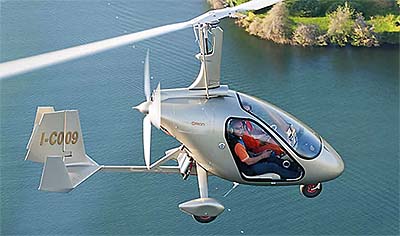
Magni Gyro’s M24 Orion
So far this year, Magni has 15 registrations to AutoGyro’s 14 for 26% and 24% shares totaling half of total U.S. gyroplane registrations. SilverLight has registered 8 aircraft in 2018 for a 14% yearly share of 2018 to date.
A less well recognized U.S. producer, Tango, is having a respectable year, with 9 registrations accounting for 16% in 2018 so far. Tango is trailed by ELA with 6 registrations (10%), Australia’s Titanium and Italy’s Brako tied at 3 for 5% each. One interesting point: only Tango and Brako offer a single place gyroplane; all others are two place machines.
Much More Data to Follow!
Steve Beste and I have been discussing him providing database research to allow this website to continue providing LSA Market Share Info. Many visitors have written to ask; indeed, we are way behind on this effort.
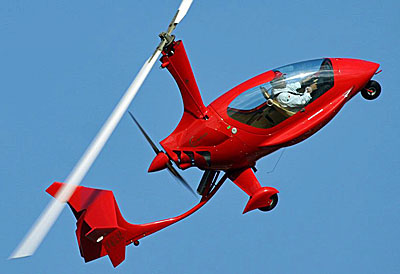
ELA’s 10-Eclipse
The delay is ending. After Steve gets time to study the previous work and methods, he has proposed some wonderful improvements.
About the special skills he can offer, Steve wrote, “I’m a retired computer guy and trike pilot who loves databases.” Well, that certainly sounds perfect to me.
“I’m also the president of Flying Club 1, which was the original USUA Chapter 1,” Steve added. “Regarding the FAA database, I’d very much like to reach beyond just [fixed wing] airplanes, partly because I’m a trike pilot, myself. I think that’s entirely possible.”
Given this background, his obvious enthusiasm for this work, and the keen interest of many in light aviation, I am exceedingly pleased to welcome Steve to this website.
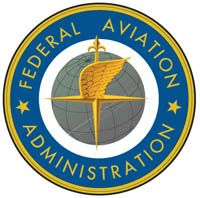
However, we hope that will now change and our market share reporting will be more inclusive. Hurray!
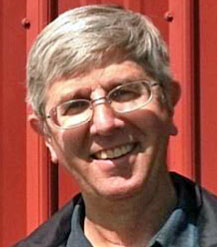
He added, “There’s no end of that kind of thing …just so we know the limitations on this exercise. But with that understanding, I love this kind of thing, I have the skills to do it, and would be honored to support your good work for the sport.” All such reporting will be available on the home page when fresh and catalogued on its own space found by this link.
Wonderful, simply wonderful! Please welcome Steve Beste as a new contributor to ByDanJohnson.com!
UPDATE September 26, 2018 — In the article above, I inadvertently suggested SilverLight and their American Ranger gyroplane was the first or only U.S. producer of such aircraft. That is not what I intended but some readers viewed it that way. Allow me to bring your attention to two other producers.
Sport Copter & Rotor Flight Dynamics
Based in Oregon, Sport Copter is a long established, second-generation family business started in 1958. Chuck Vanek was one of the early pioneers of gyroplane design and development beginning his work in 1957.
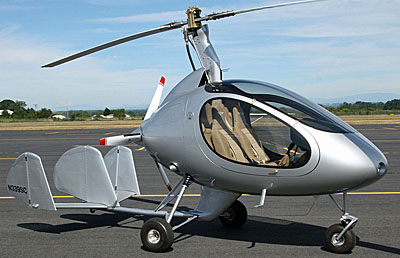
An airshow performer, Jim said he wrote the parameters and guidelines for gyroplane looping for the FAA in 1998 after performing the world’s first loop in a conventional gyroplane, in 1997. The company’s website reports, “He is the only gyro pilot in the world that holds an International Council of Air Shows card for gyroplane looping and rolling.” Don’t even think about trying this yourself, however.
Rotor Flight Dynamics, founded and run by Ernie Boyette, produces a two place and single variations of their Dominator line. Sold as kit aircraft, the two-place model can be powered by Hirth four-cylinder engines, Subaru/AutoFlight EA-81, or the 115-horsepower Rotax 914 Turbo.
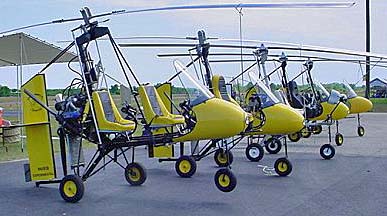
As with all the modern gyroplanes, Rotor Flight uses a substantial tailplane. “The Dominator [series of one and two-place machines] incorporate the Tall Tail design for stability.” Asked how their product differs, the company’s website states, “What makes the Dominator so unique is its high profile design. It sits up very high off the ground.”


Good day and thank you for your very informative pages.
I do have a few questions:
Is it possible to find out how many gyroplanes were sold in a year (throughout the world).
Are there any surveys done/printed about the gyroplane community/pilots?
In which price bracket are most gyroplanes sold?
Thank you
Hello Erna: I am pleased you like the website. ••• Unfortunately, good data about specific aircraft types in many countries is very difficult to discover, so we cannot directly answer your question. Pricing information is even more difficult since no one reports the sales price of airplanes, gyroplanes or otherwise. However, you should seek out the Facebook gyroplane page. You may find the opinions of others, although no one we know has hard data.
How many Tango gyros are registered?
Hi Vincent: I invite you to use our market statistic page to answer this and any question about the LSA and Sport Pilot kit aircraft market including gyroplanes.
As someone who has flown fixed wing aircraft and trikes and occasionally helicopter I know nothing about autogyros.
Where do they fit in? What would you use one for or are they just a curiosity?
Joél: Gyroplanes, as developers prefer to call them (autogyros are slightly different), are quite versatile aircraft that can operate up to about 100 mph. The fly essentially like fixed wing but with some extra training required. If you look around this website, you can find many articles about them and how they’ve been used plus you can find videos. Please enjoy the search. When ready, a leading American producer is SLiverLight Aircraft.
I am not clear how you determined which gyro manufacturers to include in your chart. There are others, notably the RAF, that have many gyros registered in USA. Does this list just show new registrations? New manufacturers only? This year only? Perhaps a revised chart might be given depicting Sportcopter, RAF and other notable omissions.
Hi Rob: I asked Steve Beste to reply to your comment. It follows… Then stay tuned for more market share reporting… soon!
Rob:
My purpose in doing the chart was to track the growth in Light-Sport Aircraft. For gyroplanes, that means models that I think might become LSA. That, of course, is a guess. To make that guess, I picked two criteria. First, I limited the gyroplanes to “European-style” models, by which I mean the design that has proven so popular in Europe and that I think therefore might eventually be approved as LSAs here. The hallmark of this design is the large horizontal stabilizer well aft as well as — to be honest — a certain look. That eliminates the RAF, the Dominator, and others. Second, I wanted models that are participating in the current boom in gyroplane registrations in the U.S. For whatever reason, the Sportcopter II is missing this wave. There are only 6 Sportcopter IIs registered, the last in 2016.
I confess to being inconsistent about this. I include the DTA J-Ro (1 aircraft, Exhibition-category, in 2012) just because I think it’s beautiful. And the Celier Xenon (12 aircraft, none since 2016) because it was being promoted at Sun ‘n Fun 2018 so I thought there would be more current registrations than there turned out to be.
As to your related questions, the numbers come from the FAA registry as of November 1, 2018. They include all current registrations for the makes and models I chose. The FAA data includes the year of manufacture, so I used that to plot the year-by-year trend in registrations. As to the RAF, it’s not doing much better than the Sportcopter II. Looking just now, I find 56 registrations. But most of these (48) are from 1999 – 2005. Since 2011, only three RAFs have been built and registered in the U.S. The RAF just isn’t part of the wave that I’m trying to trace.
Fly safely,
Steve
Thank you very much for the considerate reply, Steve. Since the pre-existing gyros actually consume a portion of the gyro market, perhaps you could publish a complete table of all US registered gyrocraft. Although this would only make us RAF owners feel more insignificant :). Also, it would be interesting to view gyro as percentage of all GA aircraft types, both here and abroad. The latter data might prove impossible to acquire.
Hi Rob: Tableau is coming (thanks AGAIN to Steve Beste). You’re gonna love the way you will be able to manipulate the data to see things the way YOU want.
Steve Beste:
I agree that gyros don’t get respect. But in a way, flying under the FAA scrutiny isn’t all bad.
Have you a way to discover the numbers built and shipped both within and globally by US companies or globally by every gyroplane maker?
The finest and best built gyro is made by Sport Copter. Their SCII is much nicer than the Magni side by side enclosed, IMO. Jim has been building gyros for nearly 50 years. He started with his dad who owned Vancraft. After Chuck Vanek passed away, Jim and Kelly started Sport Copter. Many gyro makers use Jim’s parts and blades, which are considered the smoothest and longest lasting blades made.
It’s been nearly 12 years since the Sport Copter II was introduced. They are making their first new model that they showed at Oshkosh this year.
Dan Johnson erred in saying the Silverlight AR1 was the first U.S. gyro. (Publisher’s note: The article did not say SilverLight was the “first” U.S. gyro.) Sport Copter’s new M2, as I call it, has gyros being shipped to Australia as fast as they can build them for the next year. That doesn’t include other orders.
This smaller side by side is only the first of two more models yet to be made. The second line for their new Super Sport Tandem (SST) is being set up right now. Then the largest model will come next year.
So… is there a way to track units made in the USA or globally? I know they track gyroplanes in Europe.
I appreciate your research.
Hi Cooper: Based on your feedback the article has been updated to reflect additional producers Sport Copter and Rotor Flight Dynamics. For the record, the article said SilverLight was a “new” American producer, not the first.
As we go forward, we will do our best to include all producers but as the article states, this is not the easiest task.
Dan Johnson wrote and I quote “First All American Gyroplane with modern sophistication and equipment.” (Note: This statement was in a different article, but I will be more careful in the future to be as inclusive as possible. I welcome constructive criticism that serves accuracy and completeness. —DJ)
If you compare the Sport Copter SC2 that was made 12 years ago, it had far more sophistication than the AR1 has on their current gyro.
I love Dan’s work but this flies in my face as an outright wrong statement. Jim Vanek I know. He would never say a word to you. But I will. You are slapping Jim in the face and giving credit to the wrong company. Compare features right on the website and see the quality that goes into the finest, literally, builder on the planet. I’m not over exaggerating even a bit.
I like the molded plastic body the AR1 is made out of. He used to use fiberglass. Even Autogyro is using it. But Jim uses only the finest carbon fiber resin prepreg composite for his SC2. His current model is called the Vortex M2. The distributor in Australia will be receiving new M2’s for the next year or more. In fact, he has ordered all they can make for the next year. Please change the wording on the main page. The AR1 is featured under numerous airplanes.
Changing the subject, you missed the Aviomania Gyro out of Cypress. Their US distributor sold 3 or more gyros in the past year. Send me your email direct and I will forward to you info that either you or Dan should have available. It is easy to overhype the wrong companies.
Hi Cooper: Thank you for continuing my education into the surprising world of gyroplanes.
Hi Dan and Steve:
I for one am pleased you are including gyros.
In most of studies done, some are for Europe only but others are actual sales no matter where they were sold to. Do you have a way to track the number of gyroplanes sold by each builder? Thanks.
Hi Cooper: Thanks for your comment. We plan to keep reporting gyros. As to your question, YES, you will be able to use the new Tableau feature (soon!) and it will allow you to zero in on each builder …although, we will not try to track “sales” by each builder (for which we’d have to accept whatever they told us) but instead the registrations for each builder. Over time, those should converge to be very similar.
Ernie, you know better than to say you are the only company that test flies your blades. It turns out, every company that makes blades tests them out before shipping them!!! They even state that in writing.